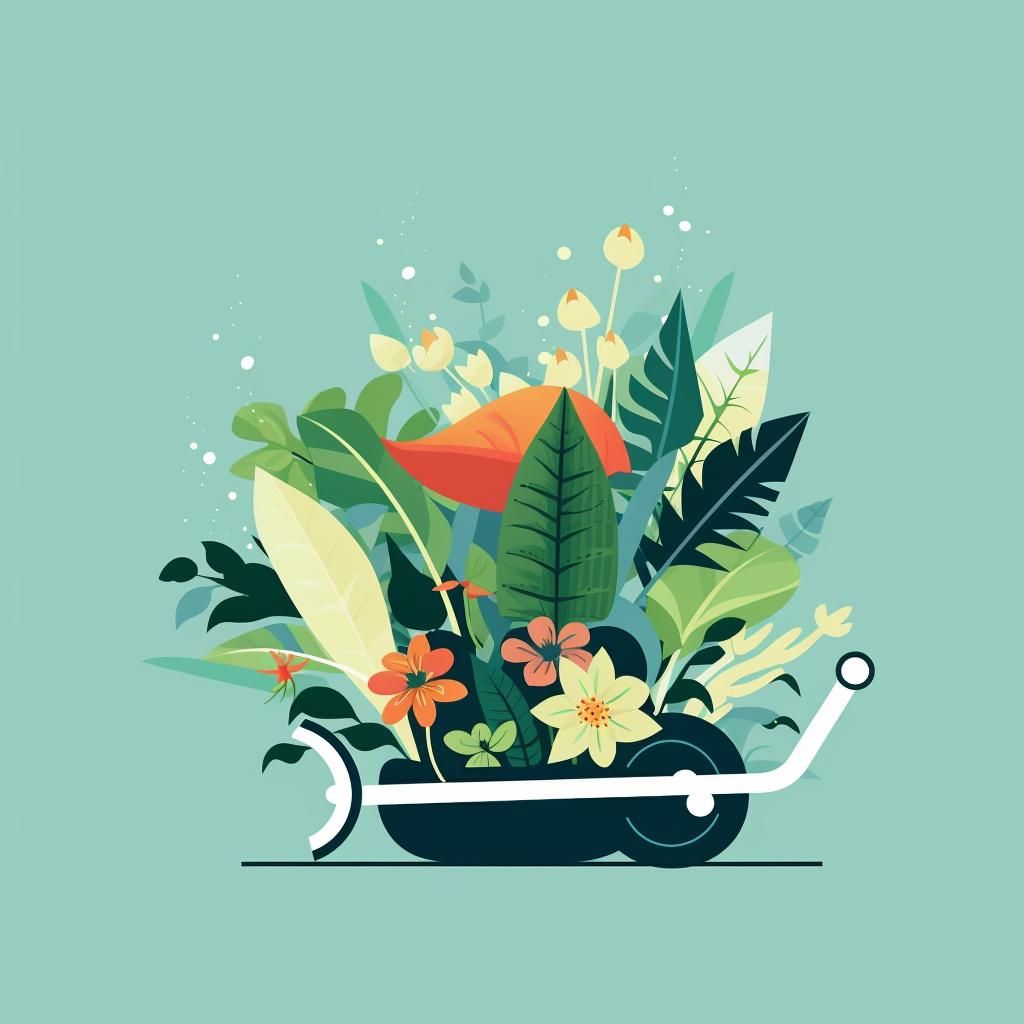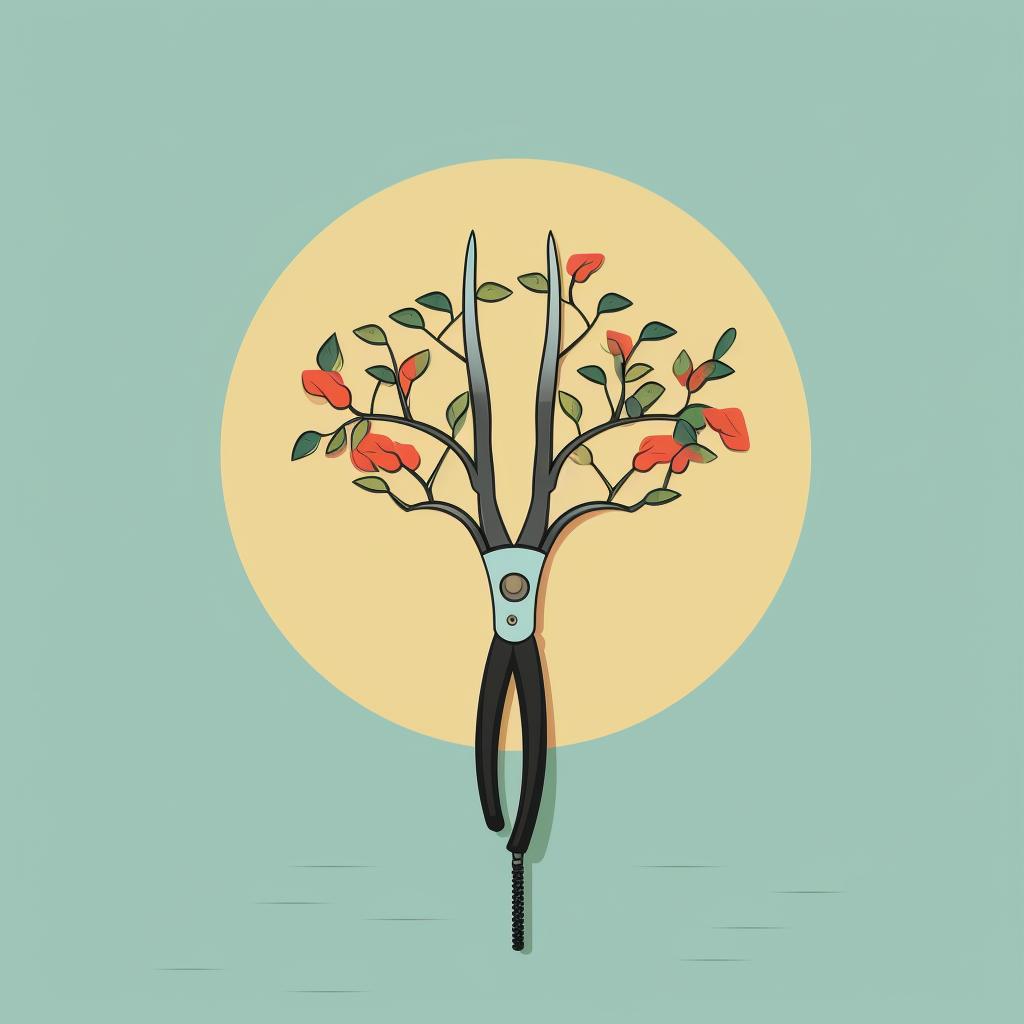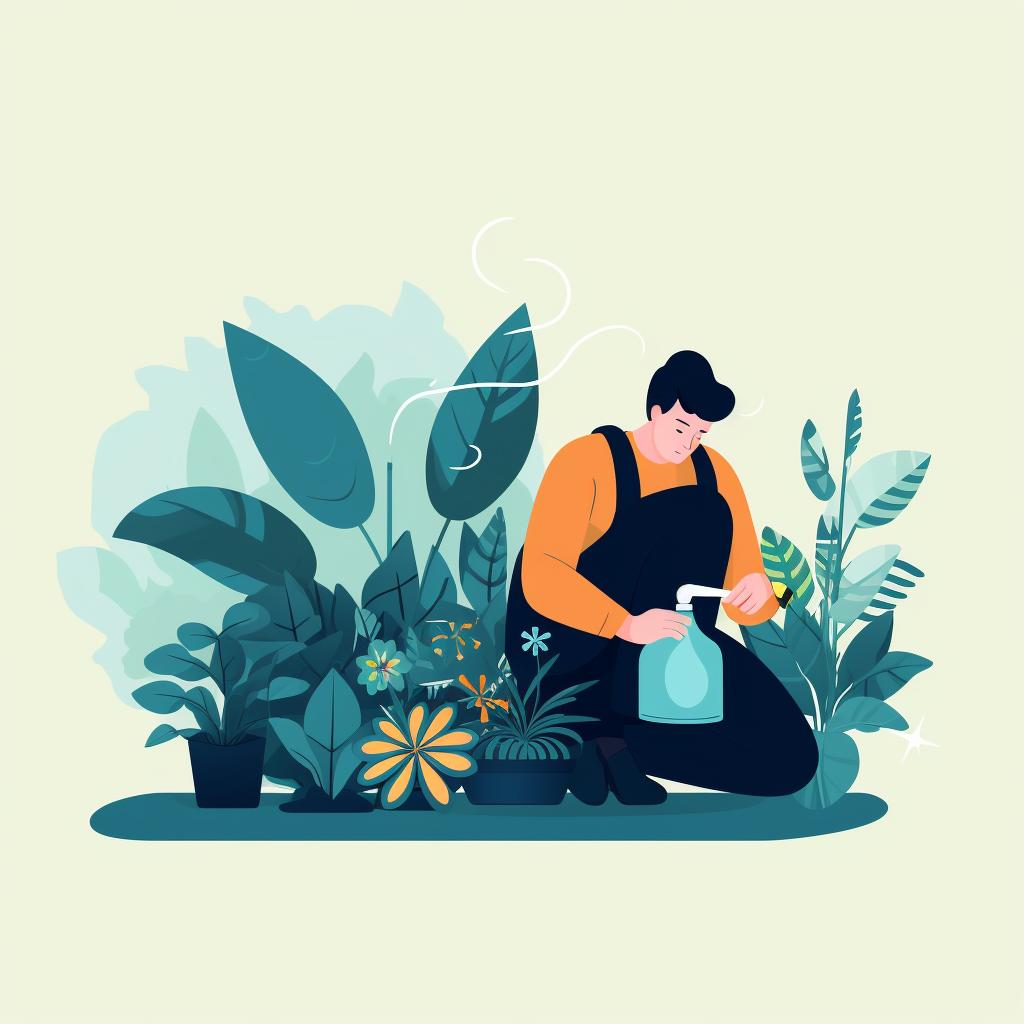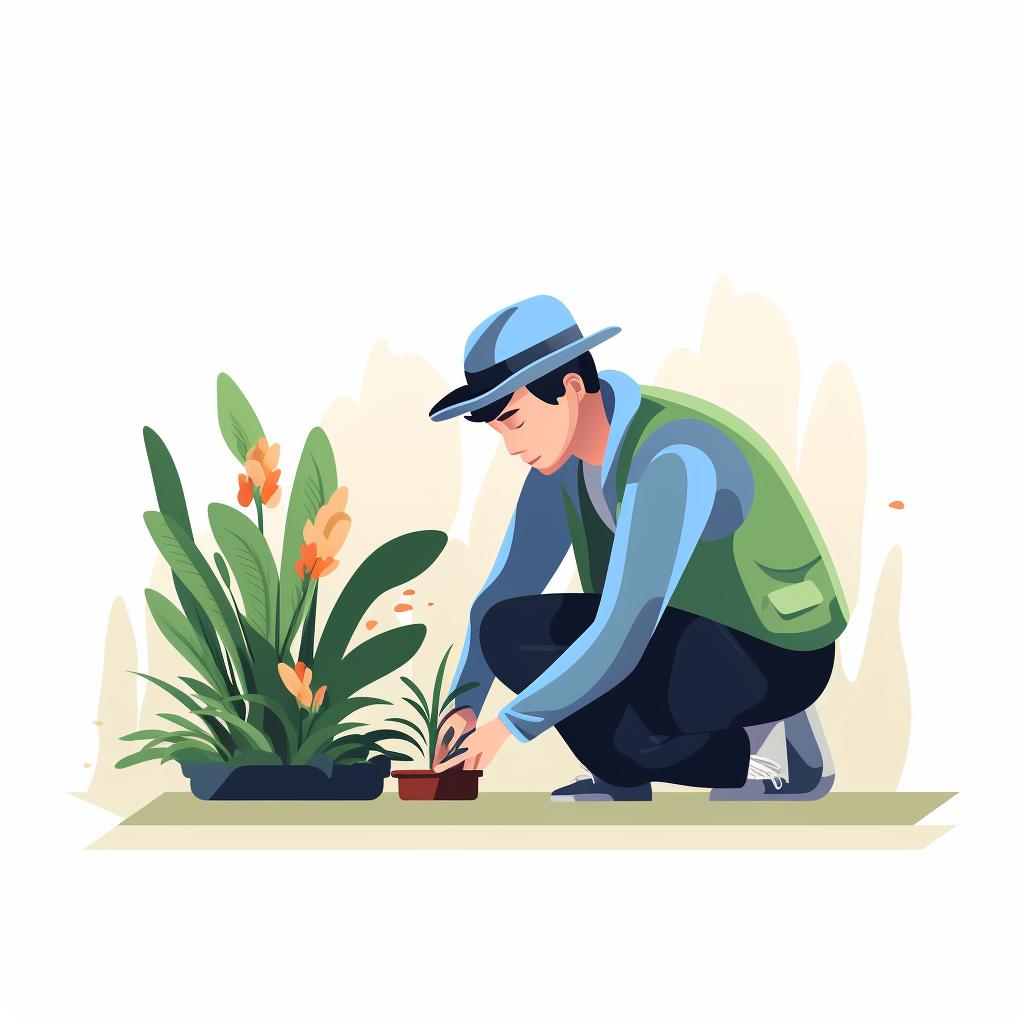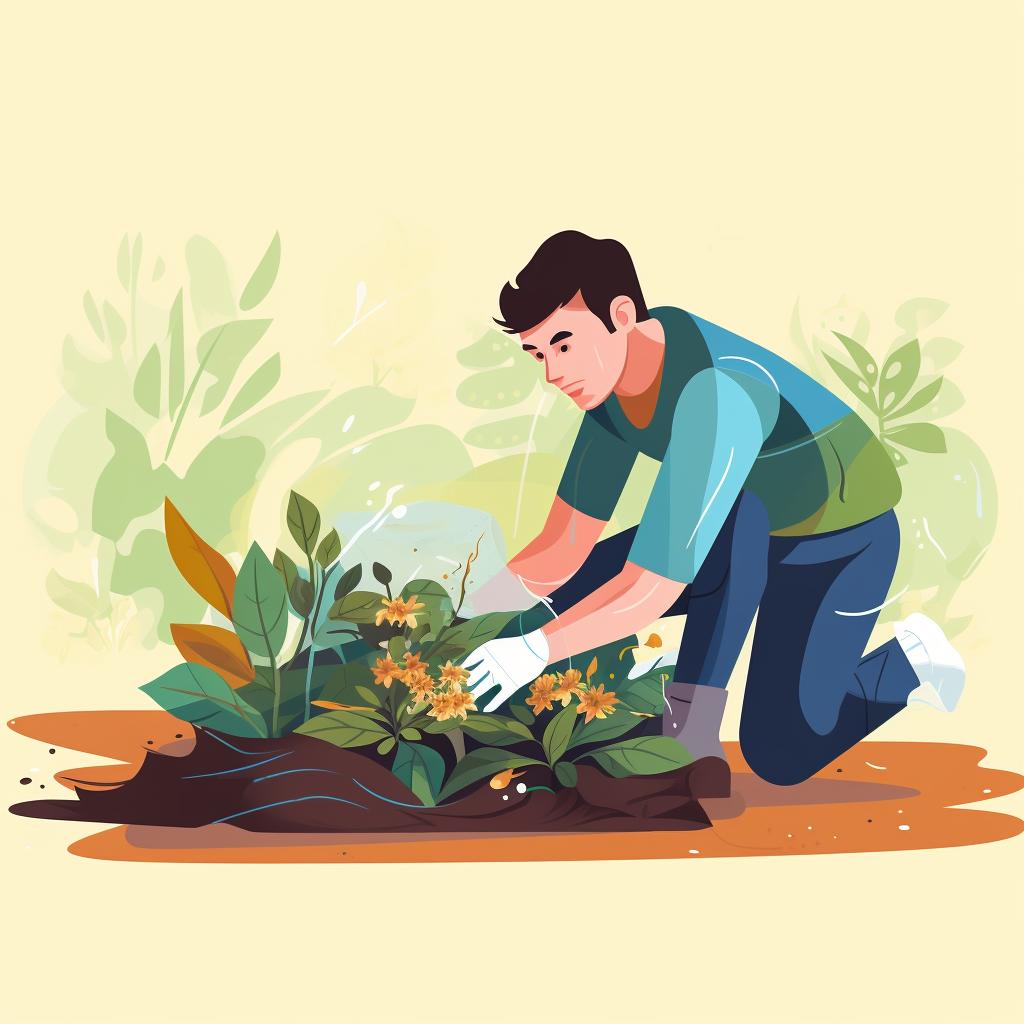🌱 Treating Common Plant Diseases: A Step-by-Step Guide
Plants, like all living organisms, are susceptible to diseases. However, with the right knowledge and tools, you can diagnose and treat these diseases, restoring your plants to health. Our step-by-step guide above provides a simple yet comprehensive approach to dealing with common plant diseases. But, let's delve a bit deeper into the subject.
Identifying the problem is the first step in the journey from plant illness to wellness. The symptoms of plant diseases can vary widely, but common signs include yellowing leaves, stunted growth, and the presence of pests. If you want to learn more about the different types of plant diseases and how to identify them, our guide to plant disease identification is a great place to start.
Understanding Plant Diseases
Plant diseases can be caused by a variety of factors, including bacteria, fungi, viruses, and environmental stress. Each disease has its unique symptoms and treatment methods. For instance, fungal diseases often require the use of fungicides, while bacterial diseases may need a different approach. It's crucial to understand the specific disease affecting your plant to provide the correct treatment. Check out our FAQ on common plant diseases and their treatments for more information.
Prevention is Better Than Cure
While it's important to know how to treat plant diseases, prevention is always better than cure. Proper plant care, including adequate watering, appropriate light levels, and regular feeding, can significantly reduce the risk of disease. Our comprehensive guide to plant care offers a wealth of information on keeping your plants healthy and disease-free.
When to Seek Professional Help
Despite your best efforts, some plant diseases can be stubborn and difficult to treat. If your plant continues to show signs of disease after treatment, it may be time to seek professional help. A plant doctor or horticulturist can provide expert advice and treatment options. For more tips on diagnosing and treating common plant ailments, have a look at our Plant Doctor 101 guide.
In conclusion, dealing with plant diseases can be challenging, but with patience, knowledge, and the right tools, you can restore your plants to health. Remember, the key to successful plant care is understanding the needs of your plants and responding appropriately to any signs of disease or distress.

